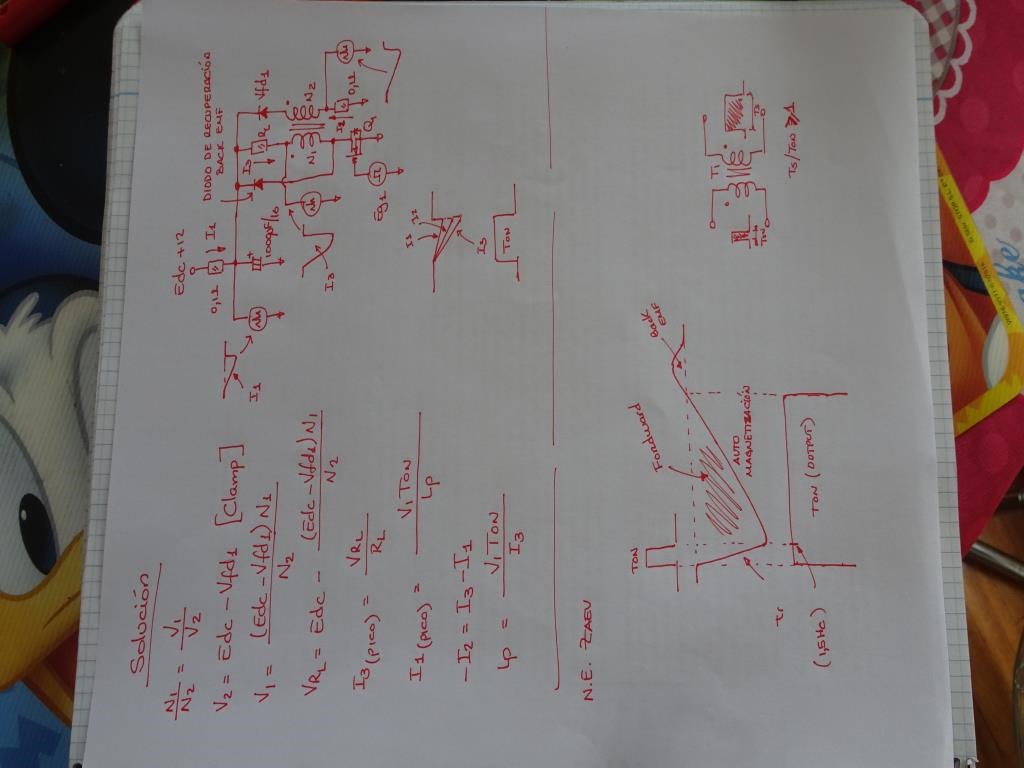Hello Friends. A short introduction first. I had some communication with member YoElMiCrO, initially for a different subject. As Fighter has shared his ZPM device, it called his attention, and he began to do some tests and elaborated a theory. We started to exchange Ideas and discuss the matter. I wanted to say in this opportunity that YoElMiCrO is an experienced EE and more than that he have an open mind to think outside the box as well. As he is very occupied lately, and for languish preference I will do the edition, with his agreement of course. In this thread we will share some results of tests, and also discuss the underlying theory.
Vidura



























